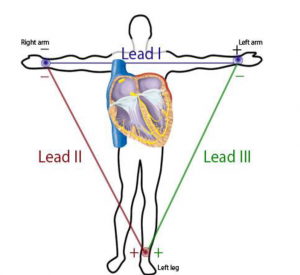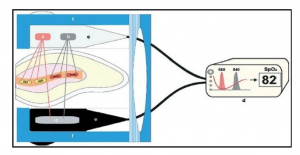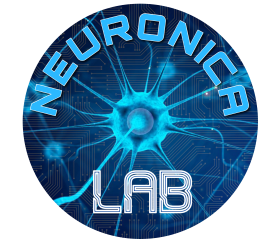VITAL-ECG: a portable wearable hospital
VITAL-ECG is a smartwatch, developed to perform the most used checks as a “one touch” device, anywhere, at low cost.
“One touch” because the post-operative person not has to be an expert in medical devices and our medical smartwatch can be used with just one finger.
Everywhere, because he can live away from the hospital.
Low cost, because anyone can afford to use it.
VITAL-ECG is a smart wristband based on the ECG-WATCH, a previously developed project, that, in addition to the ECG, records also the pulse oxymetry, the temperature, the skin humidity and the fitness activity of a subject. The acquired data are then visualized and stored on a smartphone and shared with a remote medical center like, for example, a hospital. Finally, using machine learning algorithms, it can detect anomalies in the patient’s state and signal the problems to a medical staff via the smartphone or tablet.


More in details, the system has been designed in order to fulfill the following requirements:
- Acquisition of all the three peripheral leads of the Einthoven’s triangle in a single-lead ECG acquisition mode, simply moving the wristband from the wrist to the ankle or to the other wrist;

Einthoven’s triangle - Performing the atrial fibrillation detection;
- Temperature and humidity sensing trough high-resolution, low-power, small-noise MEMS sensors;
- Performing Pulse Oximeter measurement;

- Using Bluetooth 4.0+ technology that allows the device to communicate with smartphones and tablets in a low-power mode;
- Rechargeable lithium battery;
- Micro-USB charging system, which allows device charging via standard mobile charger.
To monitor subject vital parameters, it is necessary to put on the same board many different sensors that communicate with the microcontroller. Only the ECG front end outputs an analog signal
that is managed by the internal ADC of the microcontroller. The integration of a Bluetooth transceiver on the board allows the circuit to communicate the data directly to a smartphone, drastically reducing the memory required to
acquire several analysis.

Machine Learning: Anomalies detection
Having all these different sensors on a single device is an incredible source of information about a person health state.
First, it allows monitoring different vital parameters at the same
time, which means to have the possibility of looking at the same
subject from different perspectives. Secondly, an information
gathered from one sensor can be used to refine a measure from
another one. Finally, these pieces of information, collected from
the different sensors, may be aggregate in order to learn more
about the subject health conditions. This is exactly the same approach physicians daily use to perform diagnoses.
For this reason, VITAL-ECG has been
provided with an intelligent algorithm, which, in real time,
combines all the sensors measurements and process them in order to have high quality signals. In fact, having a noise-free signal with R, S, T and P waves
correctly identified, is mandatory to automatically detect
anomalies in the patient’s state and report it to medical staff.

After the preprocessing there is the features extraction phase.
The result of the features extraction phase is used to train the artificial neural network in order to detect several heart conditions: healthy, bradycardia, tachycardia, atrial fibrillation and extrasystoles.
For this aim, a multi-layer feed-forward back propagation ANN has been chosen.

Conclusions
Several patient vital parameters are monitored to ensure its health status. These checks generally require different medical instruments and a hospital bed. In addition, patients should be near a person with medical expertise in order to correctly read the results. The VITAL-ECG system avoid this situation and provide a valid alternative to monitor the patient health state.
The comparison with a traditional multi-parameter monitor has demonstrated that VITAL-ECG can be used as a medical device; hence, it is a valid
tool that doctors and hospitals can use to monitor patients remotely.
Future works will deal with an enhancement of the device from both a hardware and a software perspective. New sensors
will be added to measure blood pressure, perspiration and patient
mood/stress. Anomalies detection algorithm will be improved to detect more pathologies or pre-cursors of diseases.
